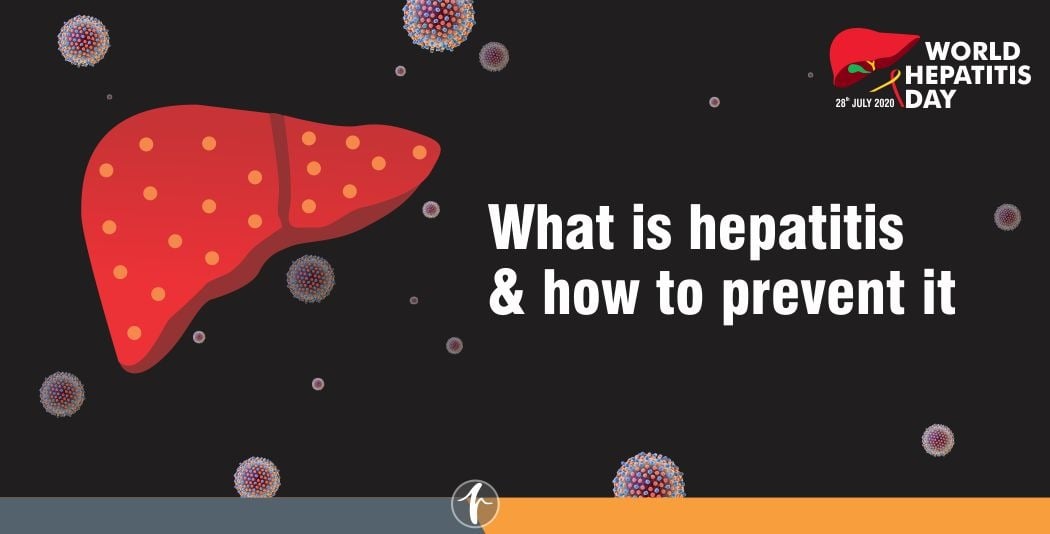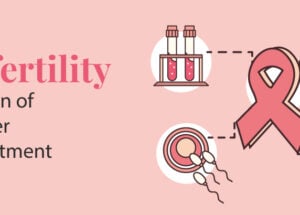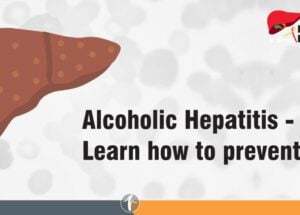Difference Between Heart Failure and Heart Attack
April 17, 2025

When we think of heart disease, we think of a heart attack. The term heart failure is also common, and often we confuse the two. Heart attack and heart failure are both heart diseases, but they have major differences. Let’s check them out.
Heart Attack and Heart Failure
Heart attacks are often sudden occurrences, while heart failure happens over time. The reason for both is coronary artery disease, in which plaque builds up in the arteries, making them narrower. When plaque breaks free from the artery wall and blocks the artery, the blood supply to that part of the heart stops, causing a heart attack.
When the blood flow becomes insufficient due to narrowing of the arteries, the heart muscle is chronically oxygen deprived. In addition, the heart has to work harder to pump blood out through the narrow arteries. The oxygen deprivation and hard work weaken the heart muscle. Over a period, the weakened heart will fail under this tremendous pressure.
Causes
The most common cause of a heart attack is a blood clot or plaque blocking an artery. A spasm in a coronary artery can also trigger a heart attack. Very rarely, it can also be caused by tears in the walls of a coronary artery.
Heart failure generally develops over time due to the narrowing of the arteries caused by plaque buildup. Other causes include heart valve disease, congenital heart defects, infections, irregular heartbeat, heart muscle problems, thyroid or lung disease, HIV/AIDS, chemotherapy, and alcoholism.
Differences Between Heart Attack and Heart Failure Symptoms
| Heart attack | Heart failure |
| Chest pain or pressure, mild or severe, that comes and goes | Shortness of breath (especially when lying down) |
| Pain or pressure in the jaw, arms, shoulder, neck, back, and stomach above the belly button | Wheezing/ coughing |
| Breathing trouble | Fast/ irregular heartbeat |
| Nausea/vomiting | Pain or pressure in the jaw, arms, shoulder, neck, back, and stomach above the belly button |
| Swollen ankles, legs, and stomach | Tiredness |
Diagnosis
Diagnosing heart failure and heart attack involves different approaches due to the nature and urgency of each condition.
Heart Failure Diagnosis:
To diagnose heart failure, a healthcare provider usually starts with a physical exam and a detailed review of your medical history. They may recommend several tests to confirm the condition and evaluate its severity. These tests often include:
- Blood Tests – These can reveal abnormal levels of substances that may indicate stress or damage to the organs caused by heart failure. One key test is the BNP (B-type natriuretic peptide) test, which measures hormone levels related to heart strain.
- Electrocardiogram (EKG) – This records the heart’s electrical activity and helps detect irregular rhythms or past heart damage.
- Chest X-ray – This imaging test shows whether the heart is enlarged or if there’s fluid buildup in the lungs.
- Echocardiogram – Using sound waves to create real-time images of the heart, this test provides insight into heart structure and pumping efficiency.
- Exercise or Stress Testing – This evaluates how the heart functions during physical exertion.
- Cardiac Catheterization – This procedure involves injecting contrast dye into blood vessels to detect any blockages or weakened heart muscles.
Heart Attack Diagnosis:
Because a heart attack requires immediate attention, doctors prioritize rapid evaluation. Diagnosis usually starts with observing symptoms and reviewing the person’s medical history. To confirm a heart attack, doctors may use:
- Electrocardiogram (EKG) – A critical early test to identify changes in heart rhythm or damage.
- Blood Tests – These check for cardiac biomarkers that are released into the blood during a heart attack.
- Stress Testing or Coronary Angiography – These may be done to assess blood flow and locate blockages, especially if initial results are unclear.
In both conditions, further tests like CT scans or MRIs may be used if the initial findings are inconclusive, offering a more detailed view of heart function and structure.
Treatment
A heart attack requires immediate treatment to restore blood flow to the affected region of the heart. The sooner circulation is restored, the lesser damage to heart muscles. Medicines to thin blood, angioplasty to remove the obstruction in the artery, placement of stent to keep the artery open or a coronary artery bypass surgery are the methods of treatments available for heart attack. Lifestyle changes including a heart healthy diet and regular exercise are also advised to keep you heart disease free in the long term.
For a heart failure is also treated with some of the medications used to treat heart attack. They help in managing blood pressure and heart rate. Diuretics are prescribed to reduce swelling due to water retention. This also makes breathing easier. To maintain a healthy heart lifestyle changes including a heart healthy diet, regular exercise, limiting salt and quitting tobacco are necessary. In some severe cases, surgical intervention to implant a pacemaker or treat valve problems may be done.
Be aware of your health and vigilant to notice any changes. Consult your doctor at the earliest if you have any of the symptoms of heart disease. When diagnosed early, you can prevent a heart attack and other heart problems and live a long and healthy life.
Frequently Asked Questions
2. Is a heart attack and cardiac arrest the same?
No, a heart attack and cardiac arrest are not the same. A heart attack is a circulatory problem caused by blocked blood flow to the heart, leading to heart muscle damage. Conversely, cardiac arrest is an electrical problem that causes the heart to abruptly cease beating, resulting in a loss of consciousness and pulse. Both are life-threatening emergencies, but have different causes, symptoms, and treatments.
3. Can heart failure cause a heart attack?
A heart attack can result in heart failure, but heart failure does not directly cause a heart attack. Heart attacks occur due to blocked arteries, while heart failure is a condition where the heart struggles to pump blood effectively. However, a heart attack can damage the heart muscle, weakening its pumping ability, which may eventually lead to heart failure.







